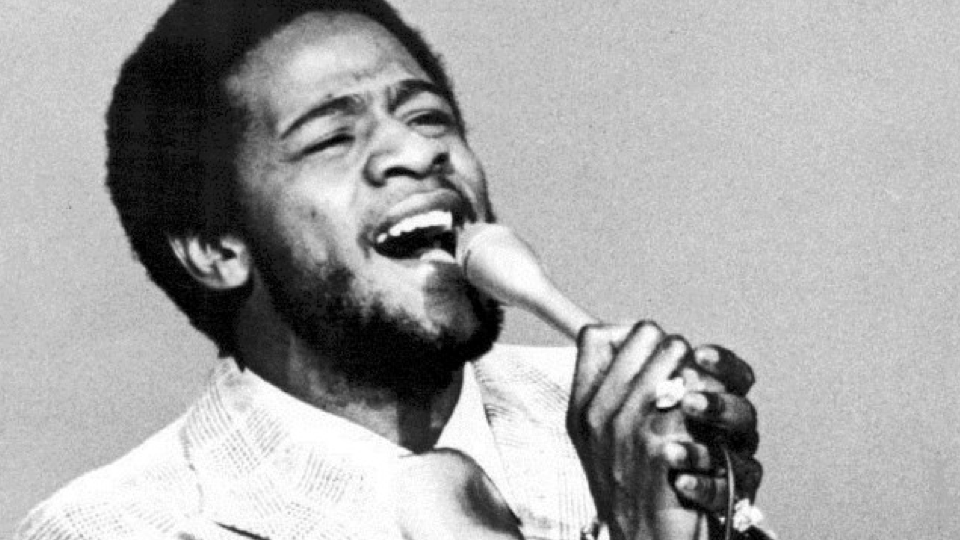I’m writing this on a Sunday morning, reminded of all those years as a kid singing dry hymns in my Methodist church and struggling to sit still during the sermon. Like me and millions of others, Albert Leornes Greene (he later dropped the “e” at the end of his last name) also spent his Sundays in the pews alongside his devout family. However, his life–both personal and professional–would reveal a cycle of sin and redemption to rival any Old Testament story.
The “sin” part began when, as a teen, his ultra-religious father discovered him listening to the music of Jackie Wilson. That bit of blasphemy got him ejected from the house, so Green (reportedly) shacked up with a hooker and started dabbling in drugs. His real drug, however, was music. He gravitated towards the powerful gospel songs of icons like Mahalia Jackson, with a healthy dose of Elvis Presley and Wilson Pickett thrown in.
In 1966, Al Green and the Soul Mates recorded “Back Up Train” on a small label, and it became a minor hit. At this stage, Green was trying his damndest to sound like his heroes Pickett, Sam Cooke, and James Brown.
When Memphis producer Willie Mitchell discovered him, he heard something unique in Green and convinced him to drop the emulations and hone his own style.
That partnership bore fruit very quickly. In 1971, “Tired of Being Alone” became Green’s first certified gold hit and launched a streak that included “Let’s Stay Together,” “I’m Still In Love with You,” “Call Me,” “Here I Am (Come and Take Me)” and on and on. Earthly riches rolled in like manna from heaven. He’d eventually win a total of 11 Grammys, a Kennedy Center Honor, and a 1995 induction into the Rock and Roll Hall of Fame.
But by 1977, Green’s record sales were dropping. He was facing personal demons and struggling to combine his career with a desire to become a minister. In 1974, a (married) girlfriend had thrown a pot of boiling grits on him and then committed suicide. Later, a cousin confronted him at gunpoint over money. A string of other ugly moments involving guns, women, or money made headlines. The devil clearly had him by the ankle.
In 1979, Green sustained injuries after falling off a stage in Cincinnati. He took that as a sign and turned his talents back to the church, churning out a series of gospel albums between 1981 and ‘89. In 1988, he briefly returned to secular music with a cover of “Put A Little Love In Your Heart” with Annie Lennox.
After years of internal struggle and external problems, Green has finally found his peace by preaching at the Full Gospel Tabernacle church, which he founded in 1976. He even got a shout-out on singer Marc Cohn’s 1992 hit “Walking In Memphis” (“…and Reverend Green be glad to see you/When you haven’t got a prayer…”).
Throughout his turbulent life, the Reverend Al Green has had more than his share of “road to Damascus” moments, yet he’s gifted us with his glorious, soulful voice and timeless music at every turn. And that deserves an “amen.”
-Cindy Grogan
Photo: Al Green, 1973 (public domain)





I’ve been wondering how the Reverend Green is these days. He’s an incredible talent. Best wishes to him!